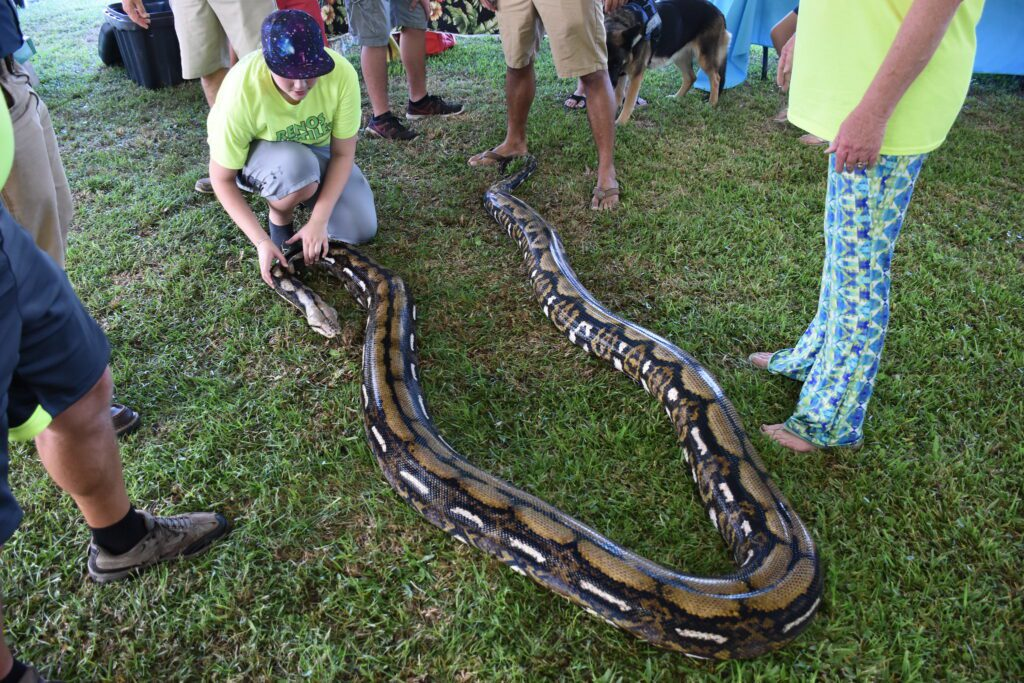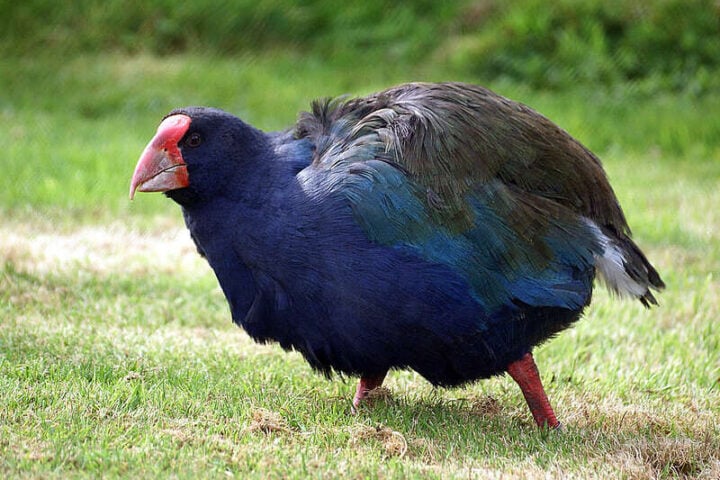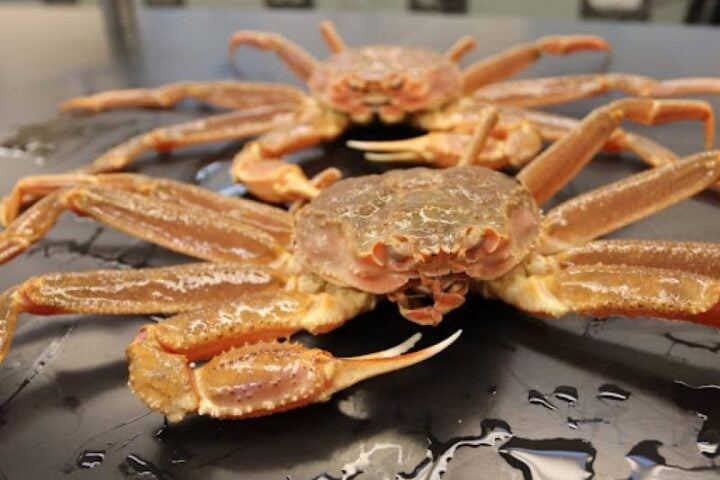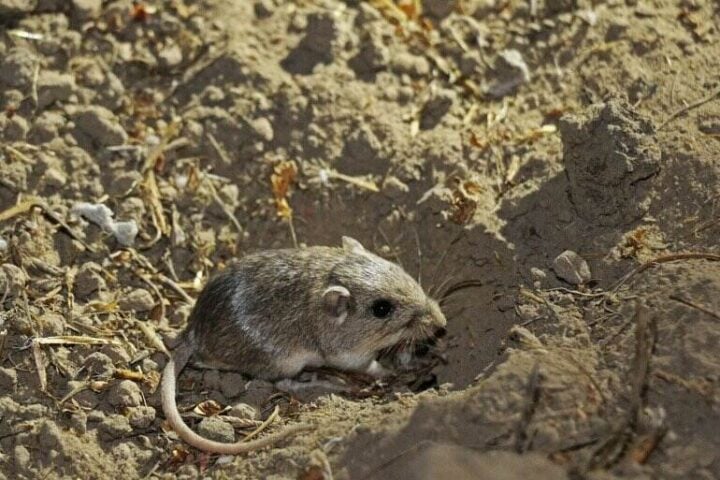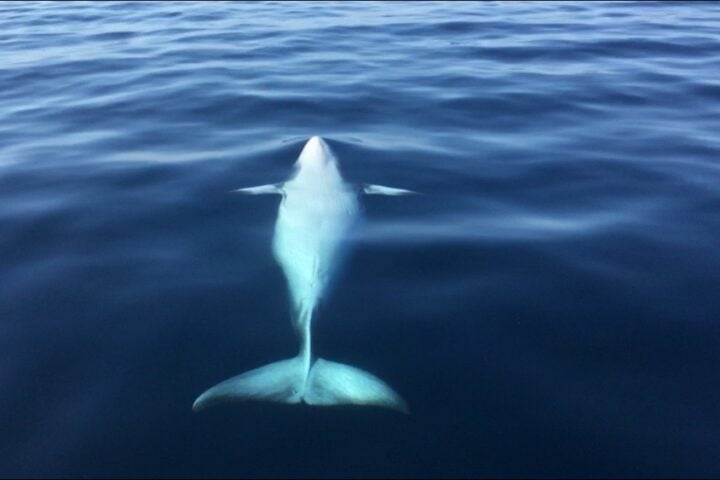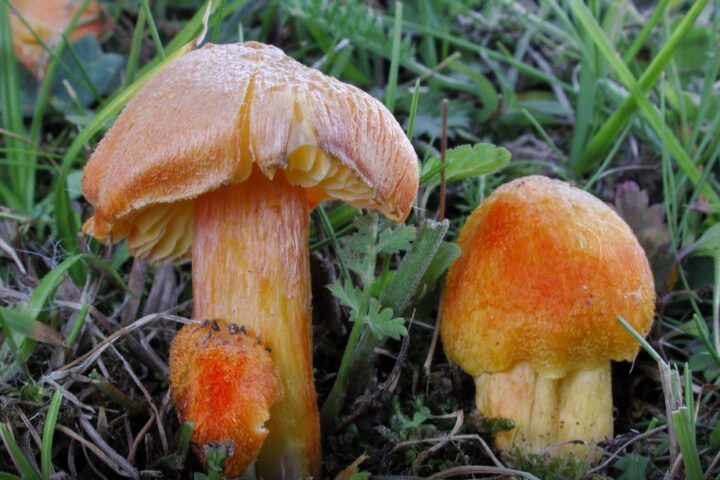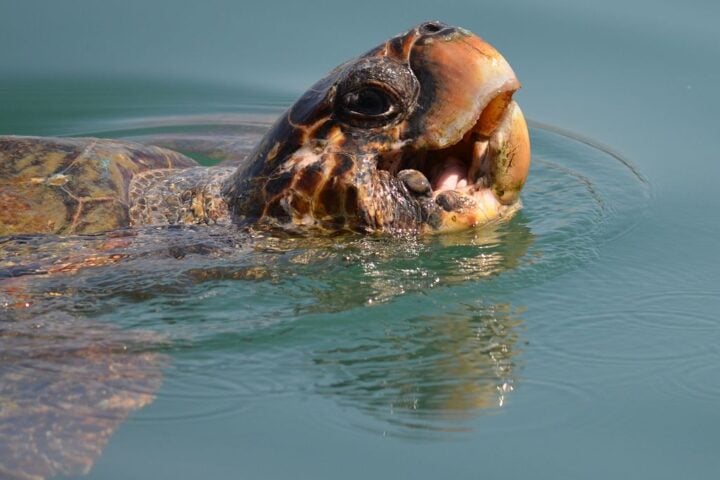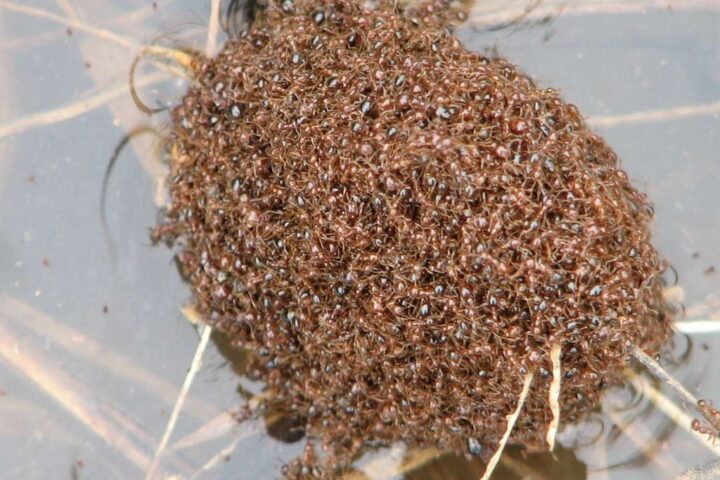The U.S. Geological Survey says the Python population exploded into an invasion after 20 years at the southern tip of Everglades National Park that envelops the southern third of Florida. According to the reports they have passed through Broward and Palm Beach counties and are moving up the state.
A study has been conducted from the findings of more than 250 research papers which states that Floridians are currently standing in between a python invasion. The snakes are also not native to the land since they have been brought to America via illegal pet trading methods. Currently they “represent one of the most intractable invasive-species management issues across the globe,” as stated in the paper.
There was a multitude of evidence that the number of snakes was increasing in Everglades National Park. A python measuring more than 12 feet was run over on Tamiami Trail in 1979. There were also a few uncontrolled sightings in the southwest section of the park throughout 1980. Later in 1995 researchers officially documented a 7-foot adult snake and its nest near West Lake at the southern tip of the peninsula. Furthermore, genetic analysis suggests that there is the presence of snakes with different patterns on their skin to the west near Naples.
Jackie Guzy from the Geological Survey says, “Together, these observations suggest that multiple generations of Burmese pythons were present in ENP by 2000 or earlier and that the population occupied a large geographical area.”
Researchers have created a map to study the snake’s “invasion front” which shows the chronology of the python removal. According to the map, the little speck of removals in the southernmost point of the Everglades from 1995 to 2000 can be observed. From there, the species grows quickly across the Everglades National Park wildness before slowing down and moving laterally into agricultural and boundary reserve regions in Miami-Dade, Broward, and Palm Beach counties, where it eventually settles starting about 2013.
The outer invasion occurred from 2019 to 2021 reaching West Palm Beach, the southern end of Lake Okeechobee, and areas north of Fort Myers. Although snakes mostly live in swamp areas away from lakes and canals near urban spaces, Burmese python showed a different pattern.
Researchers used environmental DNA which is DNA shed through their skin, feces, mucous, and decomposing flesh to measure the amount of their invasion. The dotted portion of the map spots pythons that were seen or captured.
Researchers said that they’ve found at least 76 prey species in the snakes. Guzy says that you can find small mammals like raccoons, opossums, bobcats, rabbits, grey foxes, and white-tailed deer in the Everglades National Park. But from 2003 to 2011 their numbers were decreasing rapidly by 85% to 100%. However, outside the python range, those mammal species thrived.
The study claims that the snake might reach a large portion of the southern third of the United States by comparing the climate and rainfall of the snake’s habitat in Asia with that of the U.S. Another analysis predicted that Florida as a whole would one day be a python nation. Where the snakes will stop is difficult to predict when climate change is added to the equation.
The snakes’ ability to survive in cold temperatures is difficult, although they frequently find warmth in the burrows of mammals and gopher tortoises. According to one study, this tactic might help the snakes survive in southwest Georgia.
We need to slow down the invasion to protect the natural environment. According to Guzy, “over the past two decades, we have extremely explored methods to capture and remove pythons. But so far, there are no easy solutions…the more tools we have at our disposal, the better.”
Among such tools is the state’s annual 10-day Python Challenge, where hunters scour canals and backroads while trudging through swaps in an effort to trap and kill as many snakes as they can. 231 dead snakes were collected during the previous Competition.
Another idea is to equip possums and raccoons with tracking collars. Because in the invaded areas snakes are so common, ultimately, a larger snake will consume the mammals and let us track them.
Another tool is genetic biocontrol, like the genetically altered mosquitoes Florida released in 2021 to stop females from developing into adults, which maybe the next step in python control. One day, biologists could be able to change a population’s genetic makeup to make them sterile, nearly all male, or to hinder their ability to survive.
Guzy says, “Genetic biocontrol tools represent exciting possibilities that are actively being explored but which are still a long way from being used.”
Furthermore, Guzy said, “these snakes are extremely cryptic and secretive, and they are inherently difficult to find…Although supremely challenging python research is active and ongoing, and public support and engagement is an important aspect of these efforts.”
- NAEP 2024: Reading Scores Drop 2 Points, Math Shows Minimal Gains
- New NYC Subway Map Revealed After 45 Years—Riders Split on Major Changes
- Detergent Powder Used to Fake Creaminess in Karnataka Ice Creams, FDA Reports
- NSW Confirms 18th Measles Case, Issues Sydney Alert
- Happy Cat Sanctuary Fire Kills Founder and Over 100 Cats in Medford
